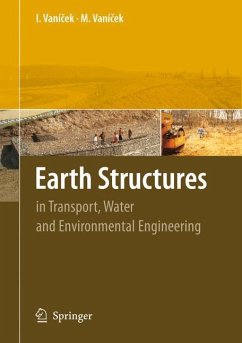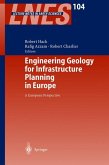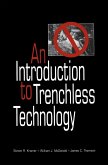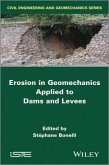One of the plausible perceptions about safe and generally optimal geotechnical structure, leads to the conclusion that its success is supported by four columns. The ?rst column relies on the understanding of natural sciences such as Geology, Engineering Geology and Hydrogeology on one side, and on the understanding of Mechanics, Theory of Elasticity on the other side. The second column relies on the application of existing ?ndings on the behaviour of soils and rocks under different stress-strain states - we are speaking about support from Soil Mechanics and Rock Mechanics. The third column relies on the combination of the theoretical ?ndings with practical technologies during execution of Foundation Engineering and Und- ground Structures (Tunnelling). Finally the fourth column relies on a certain feeling of geological environment which Terzaghi (1959) denotes as "capacity for ju- ment" and he speci?es that "this capacity can be gained only by years of contact with ?eld conditions". Theauthors are con?dent that the third column relevant to practical application should be strengthened about "Earth Structures", about application on structures, which belong to the oldest engineering structures utilizing the fundamental str- tural material - soil. At the same time they believe that Earth Structures will est- lish their position in the near future, as it is gaining another interesting ?eld which Earth Structures are also part of, namely the ?eld of Environmental Geotechnics.








